Part 3 of 3: November is National Homelessness Awareness month. To honor our unhoused neighbors during this month we will be featuring a three-part series on homelessness by DJ Johnsen.
If you happened to read either (or both!) of the pieces I wrote before this, thank you.
And maybe you’ve been seeing something of a movement: from the reality of homelessness, broadly speaking, to how meeting and “adopting” someone experiencing homelessness impacted my life, personally.
We’re not talking about solving America’s housing crisis here. We’re talking about what it means to be a good neighbor, to be part of creating a hopeful neighborhood.
My intent with these pieces has been to name that, to some extent, all of us live near unhoused neighbors (depending on your definition of “neighbor,” I guess) and to give you a story that, hopefully, you could find parts of yourself in. We’re not talking about solving America’s housing crisis here. We’re talking about what it means to be a good neighbor, to be part of creating a hopeful neighborhood.
Any person of conscience, given the chance to write about a change they wish to make in the world, would end with what many of us know as a “call to action.” An old professor of mine used to talk about “the propitious moment”, or the time to strike which is most likely to result in success. The Greeks had a whole classification for time, apart from chronological time, that they called kairos, which might be better described in English as “time-ing.” What does this moment ask of us?
In moving someone from homeless to housed, trust is the currency.
In my few years of experience walking with unhoused individuals and listening to others who’ve been doing that a lot longer than me, I’ve come to believe that we – meaning those of us who wish to prevent and repair the damage of homelessness – need to make a fundamental shift from volunteerism to accompaniment. Volunteerism to accompaniment. I think there are (at least) three components to this shift.
- From “feel-good one-offs” to committed consistency. There’s a term used amongst my friends from the streets to describe strangers who show up, seemingly at random, and do some act of kindness, like serving a hot meal or passing out warm clothes. They say, “Oh yeah, I saw that guy. He’s a do-gooder.” It’s used to describe a person or a group of people they’ve never seen outside of this solitary event, and who they probably won’t see afterwards. Don’t let this dismay you from leading a sleeping bag drive (because we need it!). But, it implies that unhoused people are used to someone showing up, doing something nice, and then never showing up again. It also implies that they hope for something more! So what could that look like? Maybe it’s working with an organization or a trusted individual to distribute the sleeping bags yourself, meeting a couple of the beneficiaries, and asking them what other kinds of things would make the winter season less difficult for them. Then taking down their contact information so you can find them when you have more things they need (yes, most people on the streets have cell phones and at least an email address!). When you move from one-offs to showing up with some regularity, you’re doing more than just meeting needs. You’re rebuilding trust. And in moving someone from homeless to housed, trust is the currency.
- From going alone to going together. If you read my story about Bear, one thing that might have struck you was how my friends and I met him and cared for him together. “Volunteering” connotes an individual task that you go “get done” yourself, like spooning soup into a bowl or taking a shift in the ER wing of the hospital. Accompaniment, on the other hand, is about coming alongside an individual with others, wrapping them not just into a single relationship, but into a community, to the extent you’re able. This achieves a couple of things. First, it allows you to care for them in multiple ways according to each person’s strength. For instance, one might be a good listener while another is resourceful at meeting material needs as they arise. Secondly, it prevents burnout. When Bear wore me down to my last ounces of patience, I Ieaned on my friends, and they understood and stepped in. Go together.
- From saviorism to mutual growth and care. When volunteering becomes about a moral checkbox that we get to go “complete” on our own, according to our own schedule and our own preferences, it sets us up to be in a relationship with the beneficiaries of the service that I call “saviorism.” At the heart of saviorism is the feeling or attitude that the volunteer is the distributor or provider of some service or thing that the other needs. Benevolence flows one-way. Yes, this is usually an embedded bias that the more fortunate of us already carry with us as we go to volunteer, but we’ve also set up volunteering environments to reinforce this dynamic. Ask yourself next time you’re in a volunteering context, “Who’s in control here?” It will point to whether or not saviorism is at work. Here’s the alternative: we show up as learners. We show up as friends. We show up as people who are aware of our own human needs, and are open to the idea that the people we are serving could meet those needs. This is mutualism, and this is the posture of accompaniment.
A shelter director in my circle said recently, “If everyone who is homeless had a friend who isn’t, things would be a lot better.” Another friend in my circle said, “When I was homeless it felt good just to have normal people in my life.” Normal people. By that he meant people who were not case managers, or therapists, or nurses, or housing specialists. Just people, who cared enough to text him every once in a while and ask how his day went.
This is where I leave it, I guess. We need volunteers. But we also need companions. And I know this represents a major shift in priorities, in comfort levels, maybe in the way you spend your time. But I go back to a point I made earlier in this series: for those of us who feel the longing to make a difference, to be remarkable neighbors, to create hopeful neighborhoods, this is one way forward, especially this time of year as the winter cold starts to set in. We can love the neighbors who may feel like the hardest to love, the ones who don’t have houses but who, like all of us, are looking for a home.
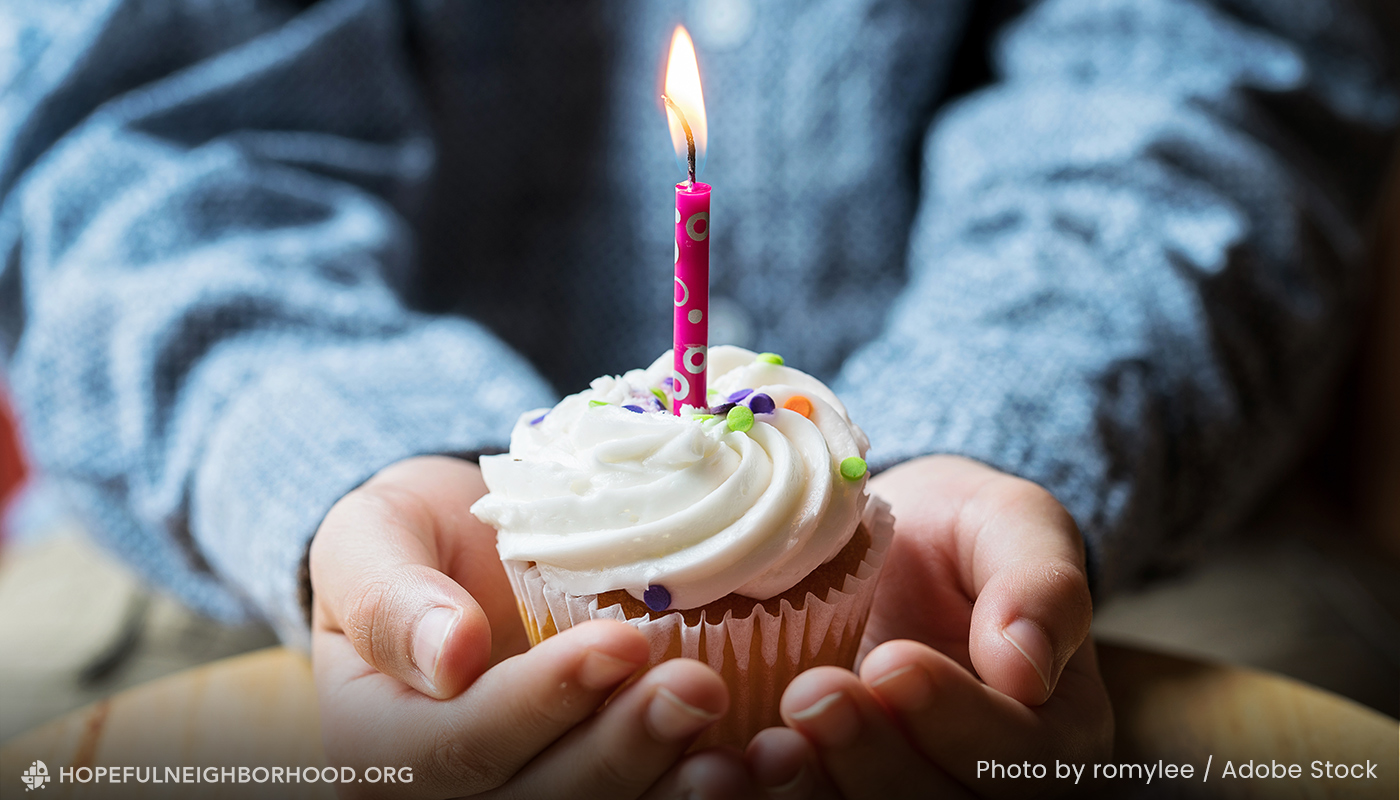

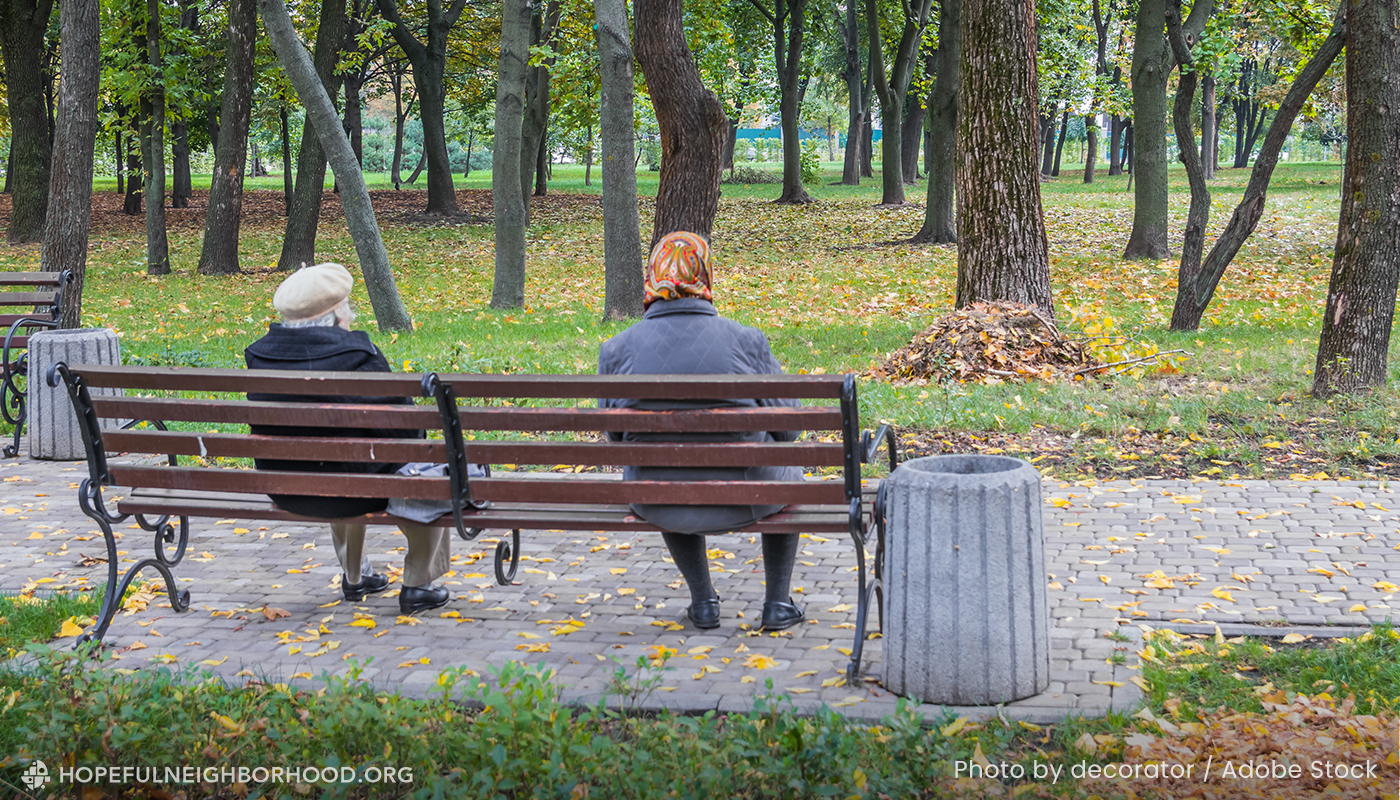
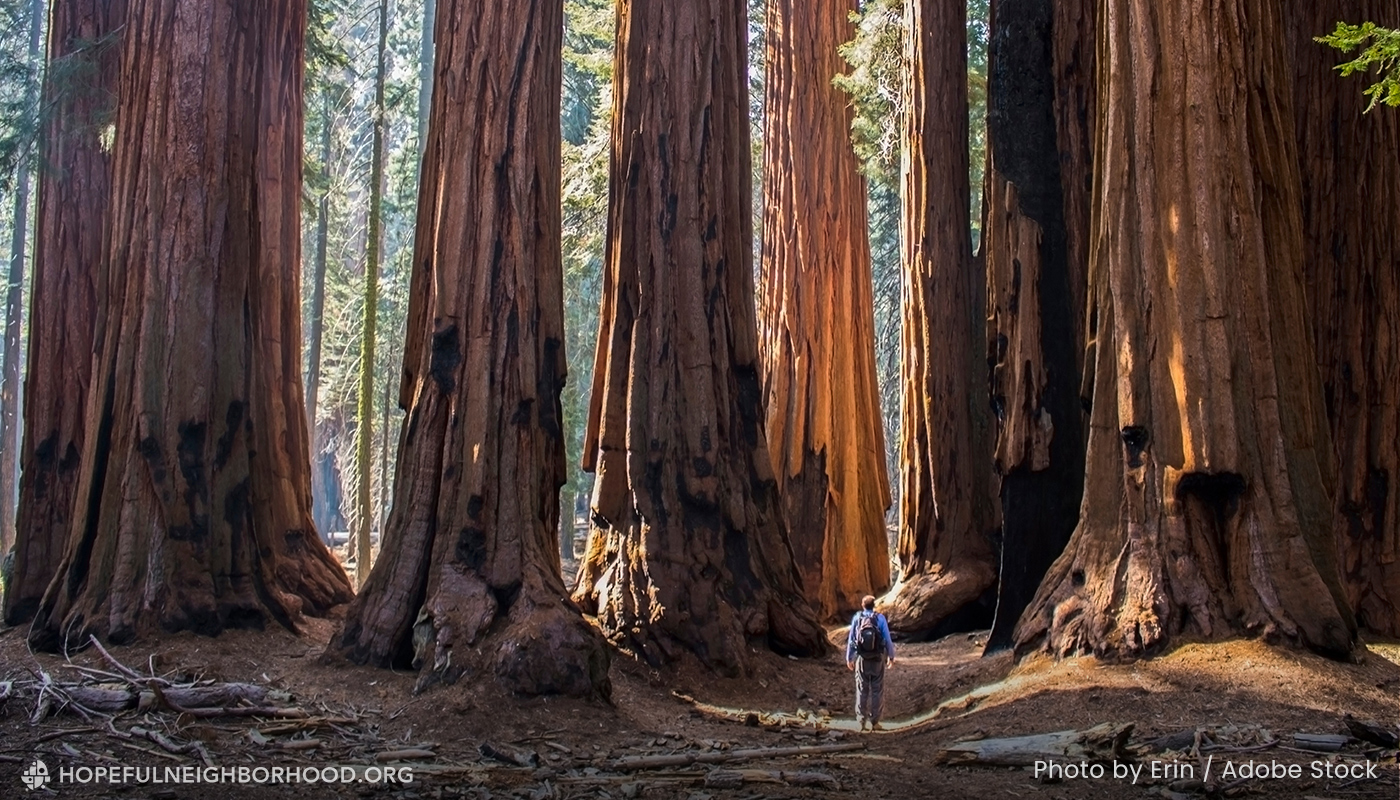
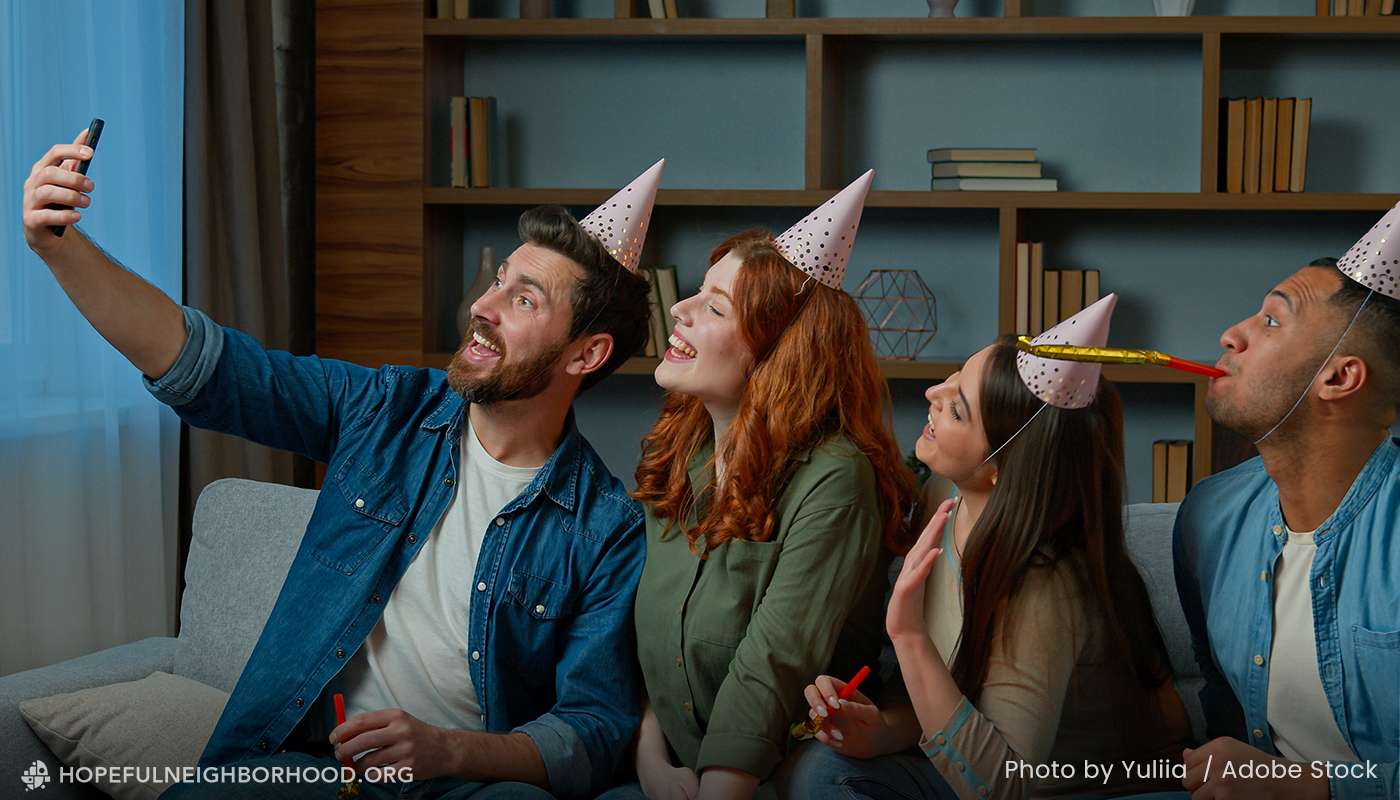
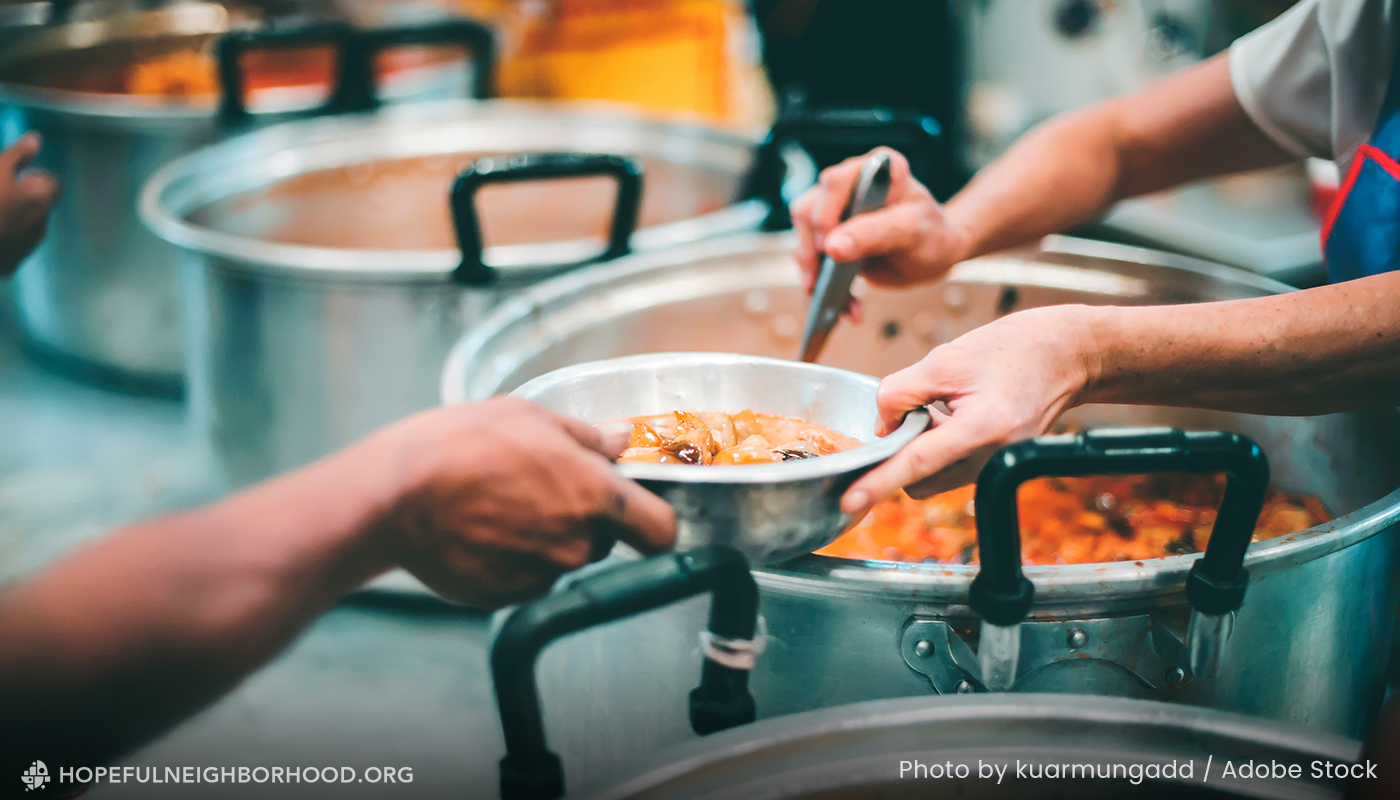
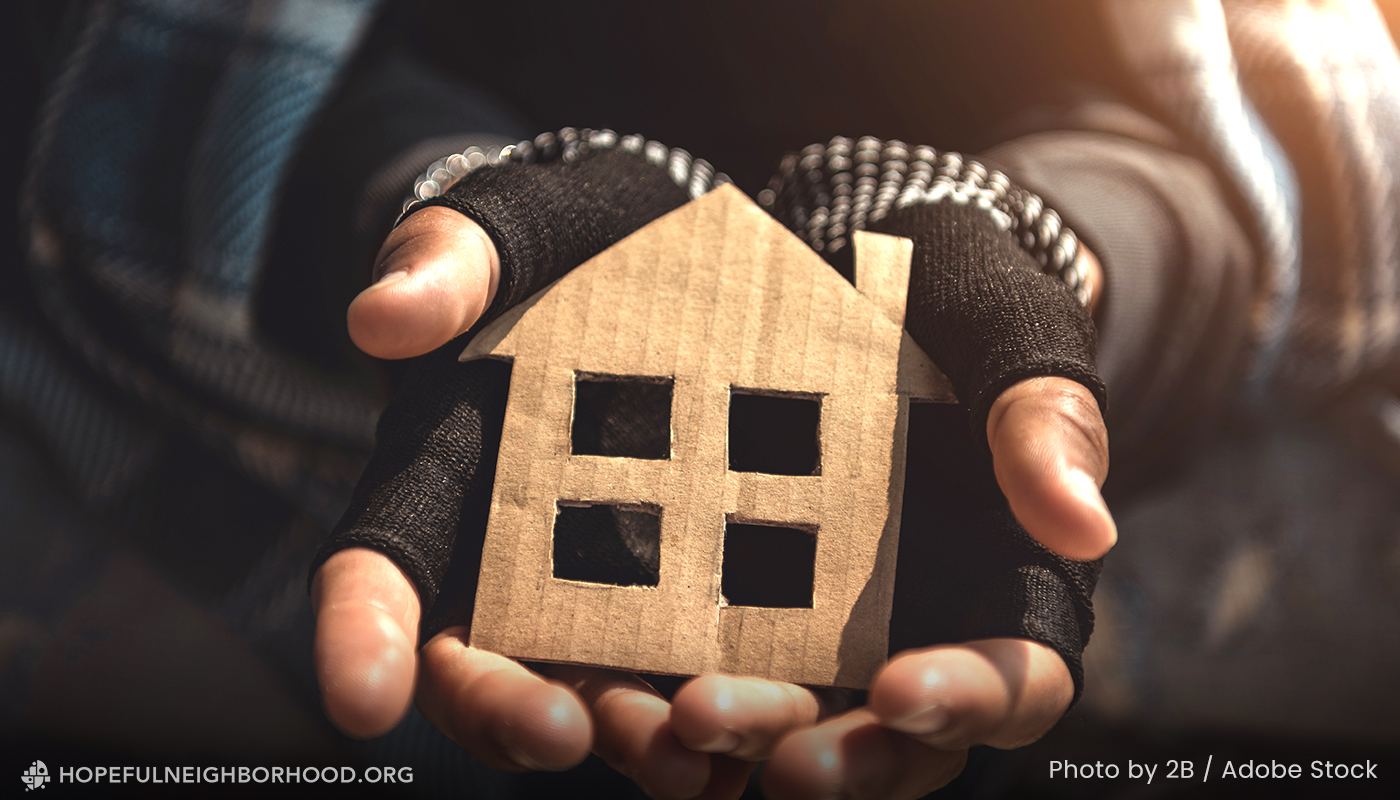
0 Comments